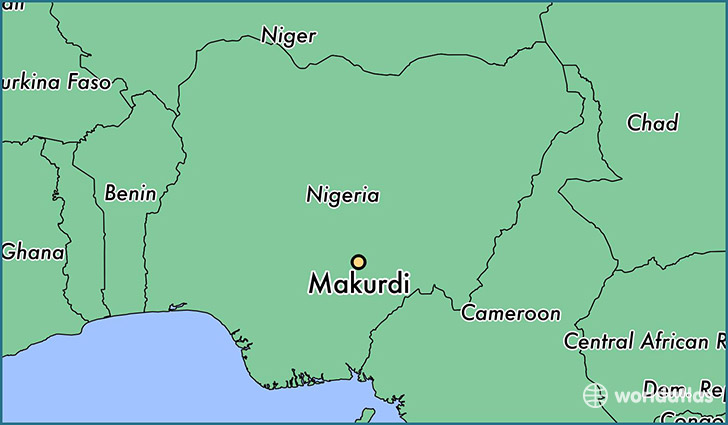BACKGROUND:
METHODS:
RESULTS:
CONCLUSION:
Reasons for suboptimal adherence on ARV medicine among the 22 Group A mothers and reasons why their infants missed the NVP prophylaxes
| Reasons | Yes, n* | Yes, % | Rank |
|---|---|---|---|
| Fell asleep/slept through the dose time | 22 | 100 | 1 |
| Ran out of pills | 20 | 90.9 | 2 |
| Simply forget | 18 | 81.8 | 3 |
| Did not want others to notice me while taking the ARV medication | 15 | 68.2 | 4 |
| Was away from home | 14 | 63.6 | 5 |
| Was busy with other things | 13 | 59.1 | 6 |
| Had a change in daily routine | 12 | 54.5 | 7 |
| Felt sick or ill | 11 | 50.0 | 8 |
| Wanted a break from thinking about HIV | 9 | 40.9 | 9 |
| Felt good | 8 | 36.4 | 10 |
| Felt depressed/overwhelmed | 7 | 31.8 | 11 |
| Drank alcohol | 5 | 22.7 | 12 |
| Wanted to avoid side effects | 4 | 18.2 | 13 |
| Thought medicine would work just as well | 4 | 18.2 | 13 |
| Felt like drug was toxic/harmful | 4 | 18.2 | 13 |
| Had difficulty taking pills because of taste or size | 3 | 13.6 | 14 |
| Took drug/Indian hemp | 3 | 13.6 | 14 |
| Had too many pills to take | 1 | 4.5 | 15 |
| Lost/stolen ARV | 1 | 4.5 | 15 |
| Used CAM instead | 0 | 0 | – |
| Has problems taking pills at specified time (with meals, on empty stomach) | 0 | 0 | – |
| Had misunderstood the information about medications or dosing | 0 | 0 | – |
| Had a poor relationship with your physician | 0 | 0 | – |
| Sold ARV | 0 | 0 | – |
| Reasons for missing infant prophylaxis | |||
| Home delivery | 11 | 50.0 | 1 |
| Delivery at other hospital | 8 | 36.4 | 2 |
| Mother refused to give NVP for fear of someone finding/seeing NVP | 5 | 22.7 | 3 |
| NVP syrup spilled | 4 | 18.2 | 4 |
| NVP not available at the delivery room (deliveries happened over the weekend) | 3 | 13.6 | 5 |
| I forgot | 2 | 9.1 | 6 |
| Baby did not tolerate NVP and I did not inform the health worker | 2 | 9.1 | 6 |
Note:
*Multiple responses possible.
Abbreviations: CAM, complementary and alternative medicine; ARV, antiretroviral medicine; NVP, nevirapine; HIV, human immunodeficiency virus.
Full article at: http://goo.gl/oISR31
By:
- 1Department of Paediatrics, Federal Medical Centre, Makurdi, Nigeria.
- 2Department of Obstetrics and Gynaecology, Federal Medical Centre, Makurdi, Nigeria.
- Patient Prefer Adherence. 2016 Jan 27;10:57-72. doi: 10.2147/PPA.S87228. eCollection 2016.
More at: https://twitter.com/hiv insight

No comments:
Post a Comment